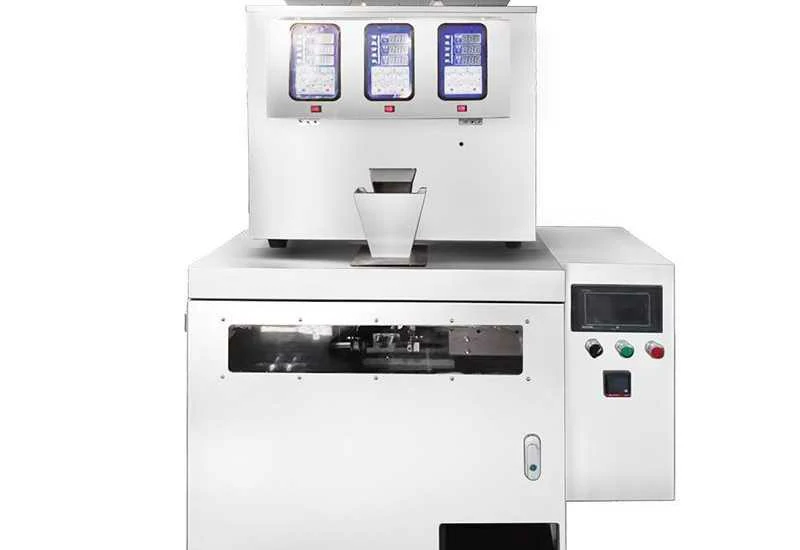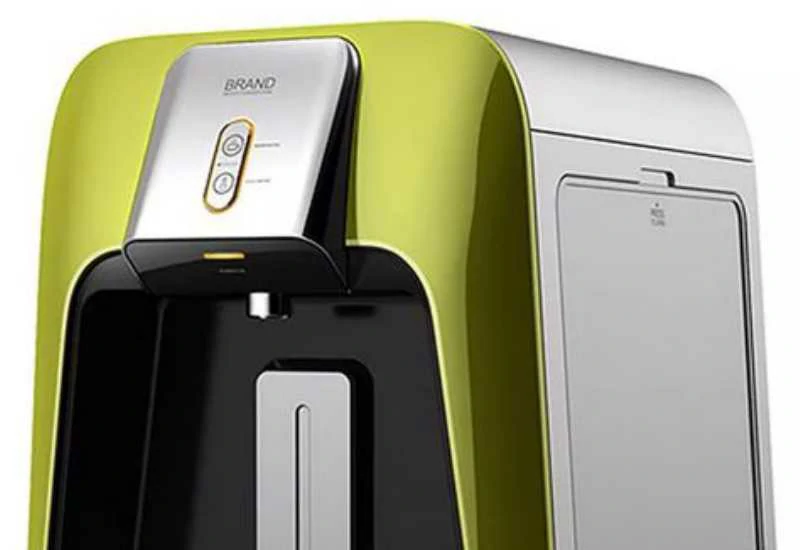3D printing, also known as additive manufacturing, is a revolutionary technology that has gained widespread popularity in recent years. This innovative process involves creating three-dimensional objects by depositing successive layers of material, such as plastic, metal, or ceramics, based on a digital model. The technical processes of 3D printing encompass various methods and materials, each with its own unique characteristics and applications. In this article, we will delve into the technical processes of 3D printing and explore their respective features and advantages.
Fused Deposition Modeling (FDM)
Fused Deposition Modeling (FDM), also referred to as Fused Filament Fabrication (FFF), is one of the most widely used 3D printing technologies. In this process, a thermoplastic filament is fed through a heated nozzle, which melts the material. The nozzle moves along the X, Y, and Z axes, extruding the molten material layer by layer to create the desired object. FDM is known for its affordability, simplicity, and compatibility with a wide range of thermoplastic materials, including PLA, ABS, PETG, and TPU. It is commonly utilized in prototyping, rapid tooling, and low-volume production due to its cost-effectiveness and relatively fast printing speed.
Stereolithography (SLA)
Stereolithography (SLA) is an additive manufacturing process that operates on the principle of photopolymerization. A vat of liquid photopolymer resin is exposed to ultraviolet (UV) light, which selectively cures the resin layer by layer to form the object. SLA offers exceptional precision, smooth surface finish, and the ability to produce intricate geometries, making it ideal for creating high-quality prototypes, jewelry, dental devices, and intricate components for various industries. The versatility and accuracy of SLA make it a preferred choice for applications that demand fine details and excellent resolution.
Selective Laser Sintering (SLS)
Selective Laser Sintering (SLS) is a 3D printing technique that utilizes a high-powered laser to sinter (fuse) powdered material, typically nylon, into a solid structure based on a 3D model. The laser selectively fuses the powdered particles, layer by layer, to build the object. SLS does not require support structures during printing, as the unsintered powder acts as a self-supporting material, enabling the production of complex, interlocking parts. This method is renowned for its strength, durability, and suitability for functional prototypes, end-use parts, and customized production components due to the high mechanical properties of the sintered materials.
Direct Metal Laser Sintering (DMLS)
Direct Metal Laser Sintering (DMLS) is a 3D printing process specifically designed for producing metal parts with intricate geometries and excellent mechanical properties. Similar to SLS, DMLS employs a high-powered laser to selectively fuse metal powder, such as titanium, aluminum, or stainless steel, into a solid object layer by layer. DMLS enables the fabrication of complex metal components with high density, fine surface finish, and superior strength, making it favored in aerospace, medical, and automotive industries for manufacturing lightweight, high-performance parts, and functional prototypes.
Binder Jetting
Binder Jetting is an additive manufacturing technique that operates by depositing a binding agent onto a bed of powder material, such as sand, metal, or ceramic, layer by layer, based on the digital design. Once a layer is completed, a new layer of powder is spread across the build platform, and the process is repeated until the entire object is formed. Binder Jetting offers a cost-effective solution for producing large parts, intricate molds, and sand cores for casting applications. It allows for the utilization of a wide range of materials and is well-suited for creating complex, lightweight structures with minimal material waste.
Material Jetting
Material Jetting, also known as PolyJet printing, is a 3D printing process that operates similarly to traditional inkjet printing. It employs multiple print heads to jet layers of photopolymer materials onto a build platform, which are then cured instantly with UV light to create the desired shape. Material Jetting enables the simultaneous deposition of multiple materials with varying properties, colors, and levels of transparency, resulting in multi-material, multi-color parts with smooth surfaces and fine details. This method is widely used in product design, visual prototyping, and architectural modeling, where the aesthetics and material diversity are crucial.
In conclusion, the technical processes of 3D printing encompass a diverse range of methods and materials, each offering distinct characteristics and advantages. From Fused Deposition Modeling’s cost-effectiveness and simplicity to Stereolithography’s precision and Selective Laser Sintering’s strength, 3D printing technologies continue to shape industries and innovations across the globe. As the technology advances, the potential for new applications and materials in additive manufacturing expands, propelling the industry toward greater efficiency, customization, and sustainability.


